This guest blog post was written by Mina Yoo, a mom, entrepreneur and inventor, who realized soon after the birth of her first baby and her first summit of Mt. Rainier that some of life’s most fulfilling adventures require lugging a lot of stuff.
Many people have written about the “how” and “why” of crowdfunding. By now, it’s pretty well accepted that crowdfunding isn’t just about “funding” – it is also about market research and market feedback. Recently, Jonas Gyalokay wrote a great piece about building a business around your product after crowdfunding – I can attest that I have experienced every single thing he brings up.
However, for Lulabop, crowdfunding was a critical step in defining who we were as a brand. The many decisions we made in our campaign helped us lay the cornerstones of our larger brand. Although most people know of the saying “seeing is believing,” as many a psychology study has shown, “believing is also seeing” – observing what kind of decisions and actions you have taken helps articulate your beliefs. This was certainly true in our case.
The Birth of Our Brand
Crowdfunding is never a one-time endeavor. Unless you are an already established company using crowdfunding for market research or you are using it to raise money for a one-time event, crowdfunding is the debutante ball for your product and your company. During my first campaign a year ago, all I cared about was getting feedback on my product – do people want it? Will people pay for it? A year and a half later, during my second campaign, we already had one successful product in the market and we wanted to be more deliberate about how we portrayed our company — What do we want the world to know about us, think about us and feel about us? What is our promise to our customers?
For us, brand-building began even before we started our second campaign. We had to decide which of the two large crowdfunding platforms we were going to use. We had used Kickstarter our first time to great success, but Indiegogo was rapidly growing and we had had enough interactions with the Indiegogo team to know that we would get more one-on-one support and feedback from Indiegogo than we would otherwise. We had to ask ourselves, “Are we a company that just does what we are comfortable with? Or are we a company that tries something new and learns from it regardless of what happens?” We decided we were the latter and went with Indiegogo, a decision we do not regret. We decided that the potential to learn more about our customers and what they wanted was a small risk for us to take to uphold our brand promise.
TIP: New crowdfunders should think about these questions before launching, and come up with “brand pillars” that represent who you are. ![]()
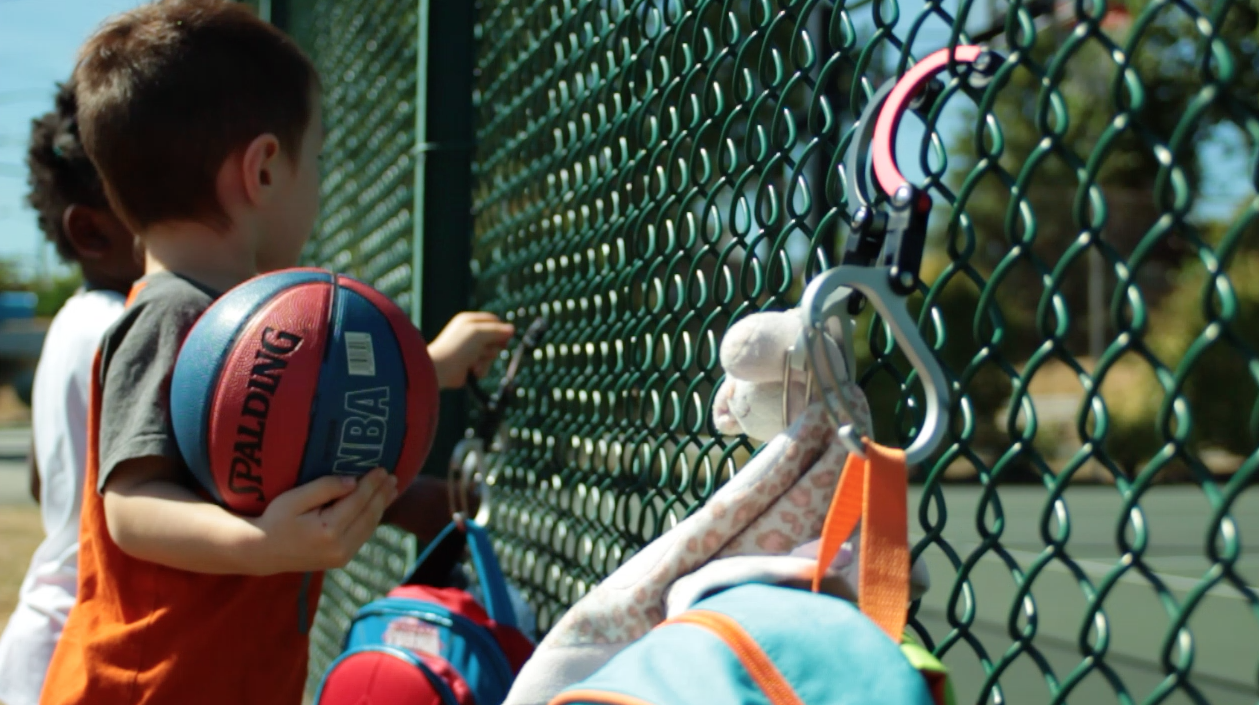
Introducing Ourselves to the World
Creating the all-important video brought more opportunity to decide our corporate identity. Are we a company that wants to present itself as a sleek and technology-driven? How important are the people behind the product? As we decided on what we wanted in our video, our brand became clearer: We are a company that values the life benefits that a product can give over the product itself. After all, what use is technology if it doesn’t benefit the lives of its users? In our video, we chose to highlight what kind of life the user of our product could aspire to, with messages such as “Play hard,” “Aim high,” “Hang tough,” “Live it Up.” We realized after the fact that these messages that we initially thought were just catchy sayings that went well with the product use scenes were actually really our core values (we also had “Work hard,” which didn’t make the cut, NOT because this is not a core value, but because it was too generic a phrase).
TIP: Use short, simple phrases to define who you are. ![]()
Solidifying Our Brand
There are many other decisions we encountered that helped us figure out who we were. We found ourselves drawn to other Indiegogo campaigns like Mi-fold and Aftershokz, because like us, they offered products that help enhance an active life. And like us, they were making products that made life better rather than making cool products simply because they were “cool,” or “the world’s first,” or “world’s best.” When it was time to think about packaging, our decisions helped us articulate what we are. Rather than going for fancy packaging with bells and frills, we went for simple packaging using recyclable plastic with useful information and easy-to-cut ties (we didn’t want plastic zip ties that would ruin the buyer’s initial experience with the product). Our packaging matches who we have discovered we are – simple, practical, and extremely useful, without any unnecessary and wasteful additions.
TIP: Your partners are a reflection of your brand. Pick wisely and don’t be shy in saying, “No, thank you.” ![]()
Finally, given the millions of things that go into a crowdfunding campaign, we had to prioritize what we would do on a daily basis. One thing we found ourselves trying to never let slip – interacting with our customers whether by replying to their comments or questions or through social media. We knew that we were a company that believes that our customers, especially the early supporters of our young company, are our superheroes when we received this email from an early backer: “I’ve been part of more than 30 Indiegogo contributions and most of them could learn from your communication skills. Thx again.”
TIP: Never forget that your backers are your superheroes. Your products don’t exist without them. Treat them with utmost respect. ![]()
By the time our campaign ended, we had a new fan club who had supported our campaign and made it a success. Our backers knew who we were and what we would deliver. But even better, we finally knew who we were as well.
Inspired to start building your own brand? Download our free crowdfunding prep calendar and checklist to get started.
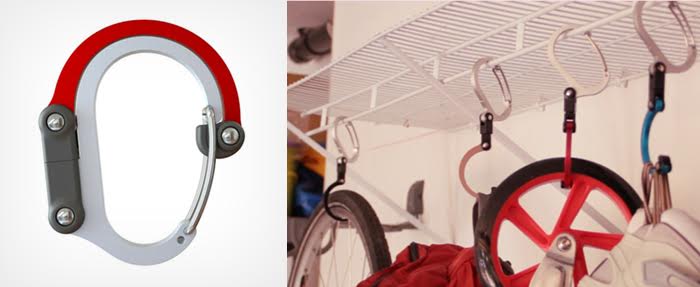
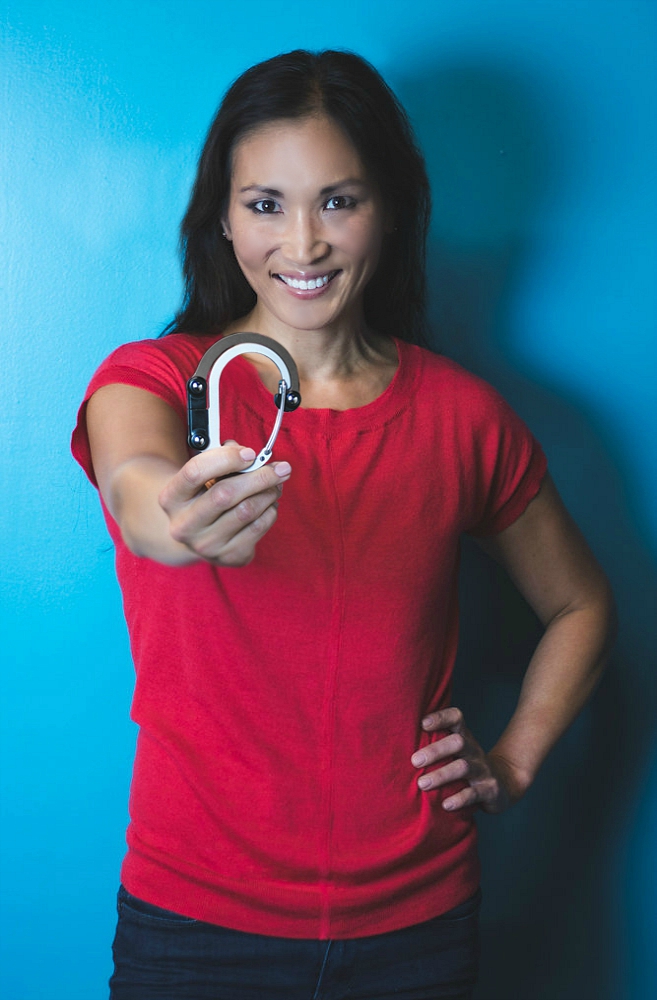


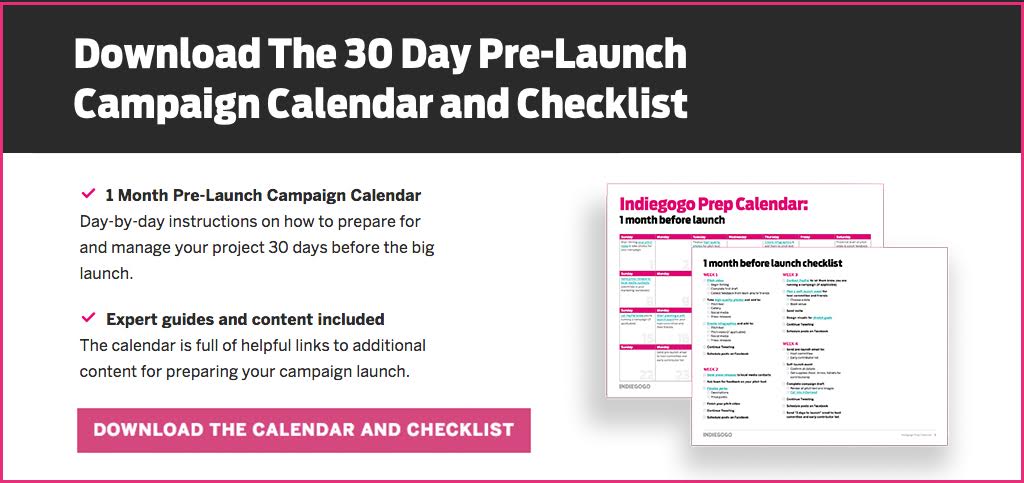
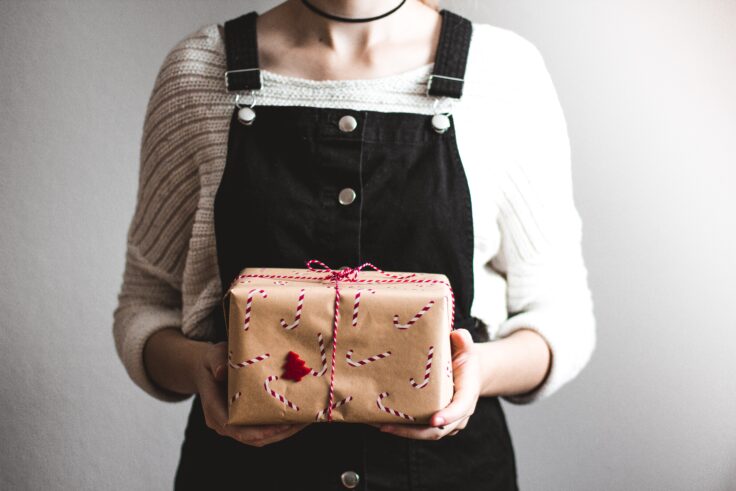
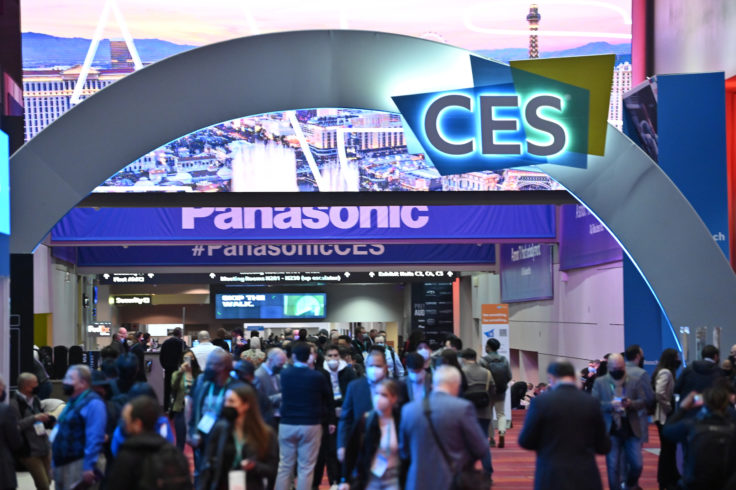

You must be logged in to post a comment.